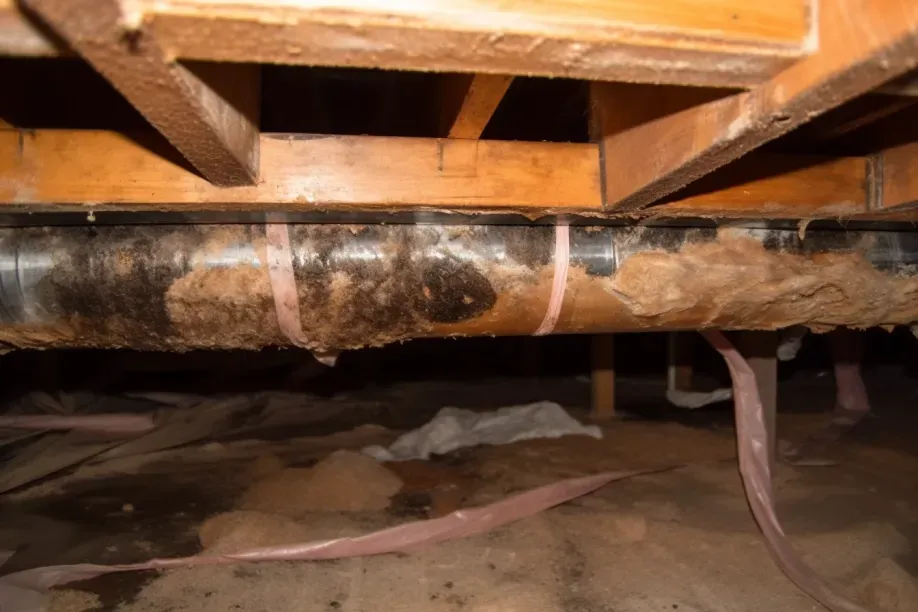
Welcome to our insightful exploration of mold removal, a critical aspect of maintaining both the health of your home and the well-being of its inhabitants. Mold, an often-overlooked intruder, can not only compromise the structural integrity of your living spaces but also pose significant health risks, ranging from allergies to more severe respiratory issues. In this introduction, we underscore the vital importance of addressing mold issues promptly and effectively.
In today's environmentally-conscious world, the approach to mold removal is evolving. We place a special emphasis on eco-friendly methods, which stand out as sustainable and safe alternatives to traditional practices. These green solutions not only ensure the health of your home but also contribute to the well-being of our planet. By choosing eco-friendly mold removal options, homeowners can tackle mold problems without the use of harsh chemicals, reducing their environmental footprint while ensuring a safe living environment.
As we delve deeper into this topic, our focus will be on these green mold removal options. We aim to provide you with a comprehensive guide that not only addresses the urgency of mold removal but does so through methods that are kind to the environment and safe for your family. Join us as we explore the intersection of home maintenance and environmental responsibility, shedding light on effective, sustainable ways to keep your home mold-free.
The Impact of Traditional Mold Removal Methods on the Environment
In the quest to maintain a mold-free environment, traditional mold removal methods have been the go-to solution for many years. However, these methods, often reliant on chemical-based removers, come with significant environmental implications. This section delves into the environmental impact of these traditional methods and the health risks they pose, highlighting the need for more sustainable approaches.
Chemical-Based Mold Removers and Their Drawbacks
Common chemicals used in traditional mold removal include bleach, ammonia, and various biocides. These substances are effective in killing mold but have a lasting impact on the environment:
- Chemical Runoff: When these chemicals are washed away, they can enter waterways, contributing to pollution and harming aquatic life.
- Air Quality Degradation: The use of these chemicals often releases volatile organic compounds (VOCs) and other toxic substances into the air, contributing to indoor air pollution and negatively impacting outdoor air quality.
- Soil Contamination: Chemicals that seep into the ground can disrupt soil ecosystems, affecting plant life and the organisms that inhabit these soils.
The environmental footprint of these chemical-based mold removers is a growing concern, prompting a shift towards more eco-friendly alternatives that are less harmful to the planet.
Health Risks Associated with Chemical Mold Removers
Beyond their environmental impact, traditional chemical mold removers pose various health risks, particularly in enclosed spaces where ventilation may be limited:
- Respiratory Issues: Inhalation of fumes from chemical removers can irritate the respiratory tract, leading to problems like coughing, wheezing, and in severe cases, respiratory infections.
- Skin and Eye Irritation: Direct contact with these chemicals can cause skin irritation, rashes, and eye irritation, necessitating the use of protective gear during application.
- Long-Term Health Effects: Prolonged exposure to certain chemicals used in mold removal has been linked to more serious health issues, including neurological problems and, in some cases, increased risk of cancer.
The potential health risks associated with chemical mold removers underscore the importance of considering safer, more natural alternatives for tackling mold problems.
Natural Mold Removal Solutions
In the pursuit of healthier and more environmentally friendly alternatives for mold removal, natural solutions have gained popularity. These methods not only minimize the impact on the environment but also reduce health risks associated with chemical-based products. This section explores two such natural solutions: vinegar and baking soda, detailing their effectiveness and providing practical guides for their use in mold removal.
Vinegar: A Natural Fungicide
Vinegar, a common household item, is an effective natural fungicide capable of killing many types of mold. Its acidic nature allows it to break down mold structures, making it a potent agent for mold removal.
- How Vinegar Kills Mold: The acetic acid in vinegar is strong enough to kill most mold species. It penetrates the porous surfaces and kills mold at the root, preventing regrowth.
- Using Vinegar for Mold Removal: Preparation: Use white distilled vinegar for the best results. Do not dilute it, as its full strength is needed for maximum effectiveness.
- Application: Spray the vinegar directly onto the moldy surface and let it sit for an hour.
- Cleaning: After an hour, wipe the area clean with water and allow the surface to dry. The vinegar smell will dissipate as it dries.
- Repeat if Necessary: For stubborn mold, repeat the process or leave the vinegar on the surface longer.
Baking Soda and Its Dual Action
Baking soda, another common household item, is not only effective in removing mold but also in preventing its return. It's a safe option that doesn't harm your family or pets.
- Benefits of Baking Soda: It's non-toxic, absorbs moisture (which mold thrives on), and deodorizes the area, eliminating the musty mold smell.
- Creating and Applying a Baking Soda Solution: Mixing the Solution: Combine one-quarter of a tablespoon of baking soda with water in a spray bottle. Shake until the baking soda dissolves.
- Application: Spray the solution onto the moldy area. Use a scrub brush or sponge to remove the mold from the surface.
- Rinsing: After scrubbing, rinse the surface with water to remove any residual mold on the surface.
- Prevention: Spray the area again and let it dry without rinsing. This leaves a thin layer of baking soda, which prevents future mold growth.
Preventive Measures for Mold Growth
Preventing mold growth is not just about addressing it after it occurs; it's about creating an environment where mold can't thrive in the first place. This section focuses on natural and eco-friendly strategies for controlling humidity and moisture, the primary culprits in mold growth, and enhancing indoor air quality with the help of plants. These preventive measures are not only effective but also align with sustainable living practices.
Controlling Humidity and Moisture Naturally
Maintaining optimal humidity levels in your home is crucial in preventing mold growth. Here are some natural methods to achieve this:
- Ventilation: Regularly open windows and doors to allow air circulation, which helps reduce moisture levels indoors.
- Use of Fans: Install exhaust fans in high-moisture areas like kitchens and bathrooms to expel humid air.
- Natural Dehumidifiers: Use natural dehumidifying agents like rock salt or silica gel in areas prone to high humidity.
- Fix Leaks Promptly: Address any plumbing leaks or water seepage issues immediately to prevent moisture accumulation.
- Dry Clothes Outdoors: Whenever possible, dry clothes outside or in well-ventilated areas to avoid indoor humidity build-up.
The importance of addressing moisture sources eco-consciously cannot be overstated. By using natural methods, you not only prevent mold growth but also contribute to a healthier, more sustainable living environment.
Enhancing Air Quality with Plants
Houseplants can be a natural ally in reducing indoor humidity and purifying the air. Here’s a list of plants known for their air-purifying and humidity-controlling properties:
- Peace Lily: Known for its ability to reduce indoor humidity levels and remove air toxins.
- English Ivy: Effective in absorbing mold spores from the air, making it a great choice for damp areas.
- Spider Plant: Excellent for removing pollutants and improving indoor air quality.
- Boston Fern: Acts as a natural humidifier and is also effective in removing formaldehyde from the air.
- Snake Plant: Known for its ability to filter out toxins and produce oxygen at night, contributing to better air quality.
Incorporating these plants into your home not only enhances its aesthetic appeal but also plays a significant role in maintaining a healthy indoor environment, reducing the likelihood of mold growth.
Eco-Friendly Commercial Mold Removal Products
In the realm of mold remediation, the shift towards eco-friendly products reflects a growing awareness of environmental responsibility and health safety. This section is dedicated to guiding you through the selection of green mold removal products and introducing you to some recommended brands and products that effectively balance mold eradication with environmental stewardship.
Identifying Green Mold Removal Products
When selecting eco-friendly mold removal products, it's important to consider several key criteria to ensure that you're choosing products that are truly green and effective:
- Ingredients: Look for products with natural, non-toxic ingredients. Avoid chemicals like chlorine, ammonia, or petroleum-based compounds. Ingredients like citric acid, tea tree oil, and hydrogen peroxide are common in green products.
- Certifications: Seek products with environmental certifications. Labels such as EPA's Safer Choice, Green Seal, or EcoLogo indicate that the product meets strict environmental standards.
- Biodegradability: Choose products that are biodegradable, meaning they break down naturally in the environment without leaving harmful residues.
- Packaging: Consider the packaging of the product. Eco-friendly products often come in recycled or recyclable packaging, reducing their environmental impact.
- Company Practices: Research the company’s environmental practices. Companies committed to sustainability often have policies in place for energy efficiency, waste reduction, and sustainable sourcing.
Recommended Eco-Friendly Brands and Products
Several brands and products stand out in the market for their commitment to eco-friendly mold removal. Here are some recommendations:
- Seventh Generation Disinfecting Multi-Surface Cleaner: Known for its plant-based ingredients, this product effectively tackles mold and is EPA Safer Choice Certified.
- Concrobium Mold Control: This product uses natural ingredients to eliminate mold and prevent its return. It's non-toxic and safe for everyday use.
- EC3 Mold Solution Concentrate: This botanical solution is designed for safe, natural mold removal. It's free from harmful chemicals and is biodegradable.
- Green Shield Organic Bathroom Cleaner: An excellent choice for mold-prone areas like bathrooms, this cleaner is USDA Organic Certified and made with non-toxic ingredients.
- Better Life Natural All-Purpose Cleaner: While not specifically a mold remover, this all-purpose cleaner is effective for mild mold problems and is known for its environmentally safe and non-toxic formula.
Professional Eco-Friendly Mold Remediation Services
While DIY methods can be effective for minor mold issues, certain situations require the expertise of professional mold remediation services. With a growing emphasis on environmental responsibility, many homeowners are now seeking eco-friendly professional services. This section provides guidance on when to call in the experts and what to expect from green mold remediation services.
When to Call in the Experts
Determining when to seek professional help for mold remediation is crucial for the safety and well-being of your home environment. Here are some guidelines to help you make this decision:
- Extent of Mold: If the mold covers an area larger than 10 square feet, or if it's in hard-to-reach areas like HVAC systems, professional intervention is recommended.
- Health Risks: If there are individuals with allergies, asthma, or other respiratory conditions in the home, it's safer to opt for professional remediation to minimize health risks.
- Type of Mold: Some types of mold, like black mold, can be particularly hazardous and require specialized removal techniques.
- Choosing Eco-Friendly Services: When selecting a professional service, look for companies that emphasize the use of eco-friendly methods and products. Check for certifications or endorsements from environmental organizations, and inquire about their use of non-toxic, biodegradable products and waste reduction practices.
What to Expect from Green Mold Remediation Services
Eco-friendly mold remediation services offer a responsible approach to mold removal, focusing on minimizing environmental impact while effectively addressing mold issues. Here’s what you can expect from such services:
- Initial Assessment: Professionals will conduct a thorough inspection to assess the mold situation and determine the best eco-friendly approach for remediation.
- Use of Green Products: Expect the use of non-toxic, biodegradable products for mold treatment. These products are effective in mold removal without the harmful side effects associated with traditional chemicals.
- Advanced Techniques: Many eco-friendly services employ advanced techniques like HEPA vacuuming and air filtration to remove mold spores from the air without harmful emissions.
- Moisture Control and Prevention: Professionals will not only address the existing mold but also identify and rectify sources of moisture to prevent future growth.
- Waste Management: Eco-friendly services often include responsible disposal and waste management practices to ensure that materials are handled in an environmentally conscious manner.
FAQs
Contact Bull City Crawlspace Today!
Bull City Crawlspace will do everything we can to ensure your experience with us is excellent.
Request A FREE Estimate
Request a Free Estimate Form
Checkout Recent Post
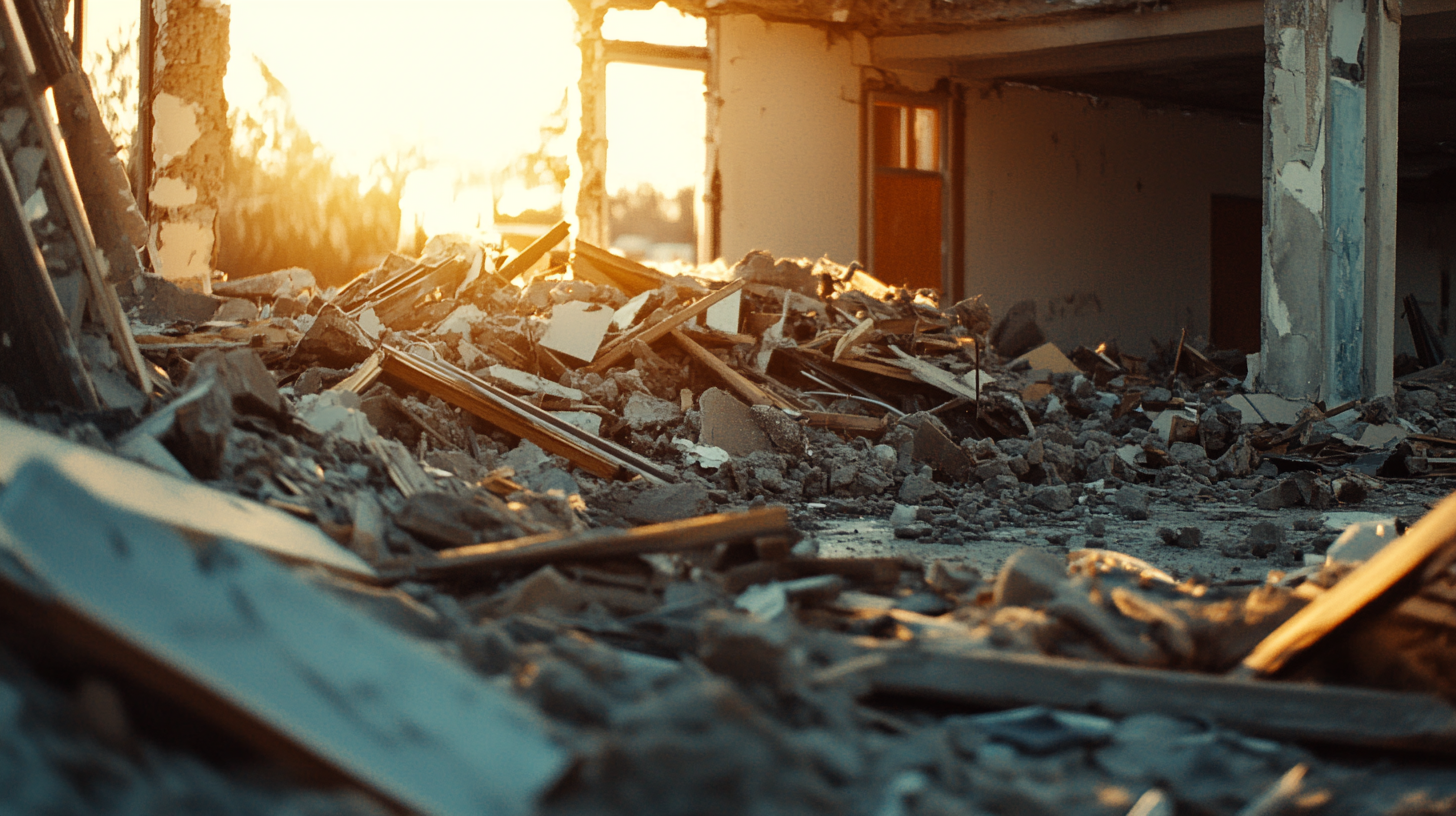
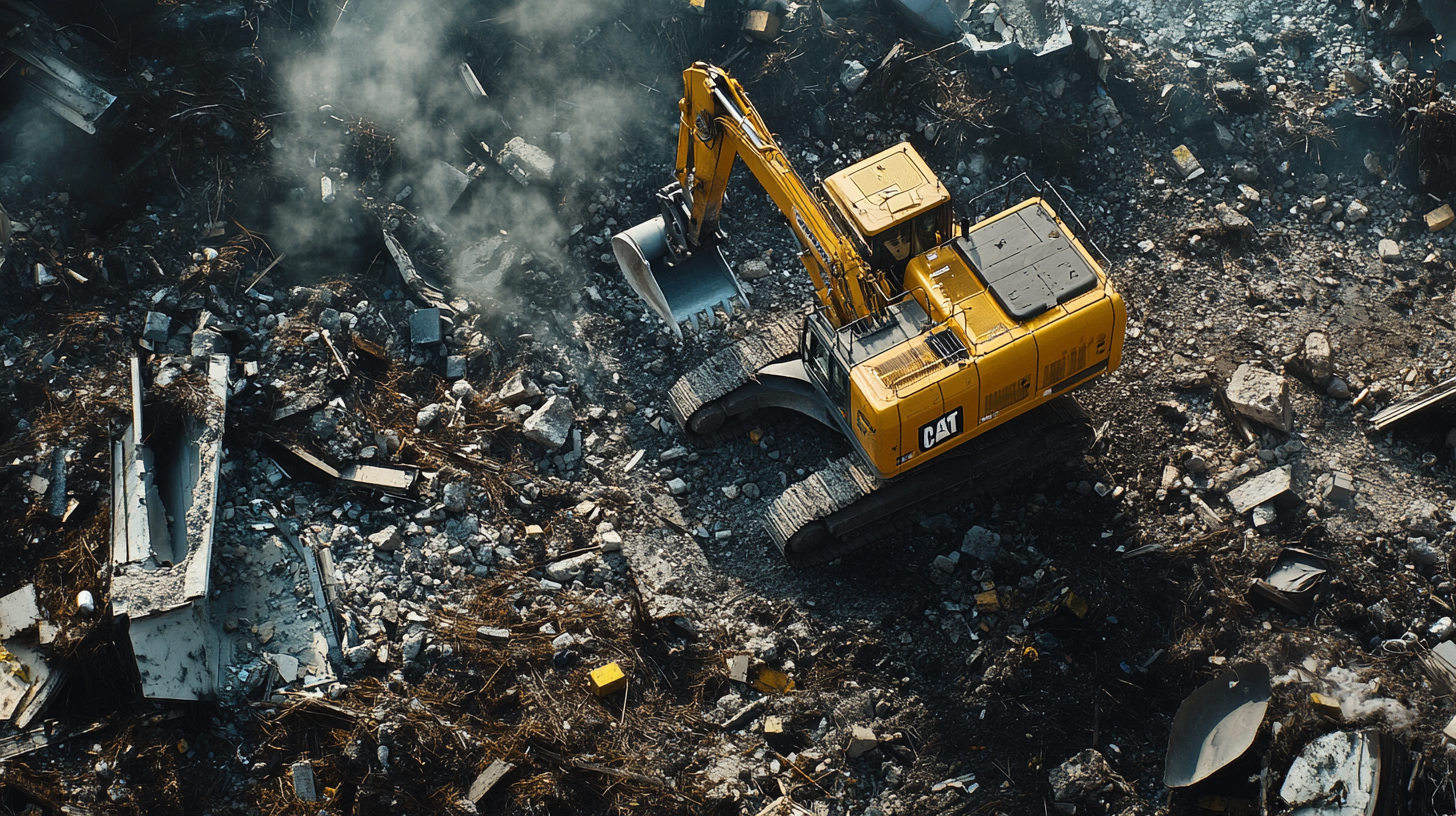
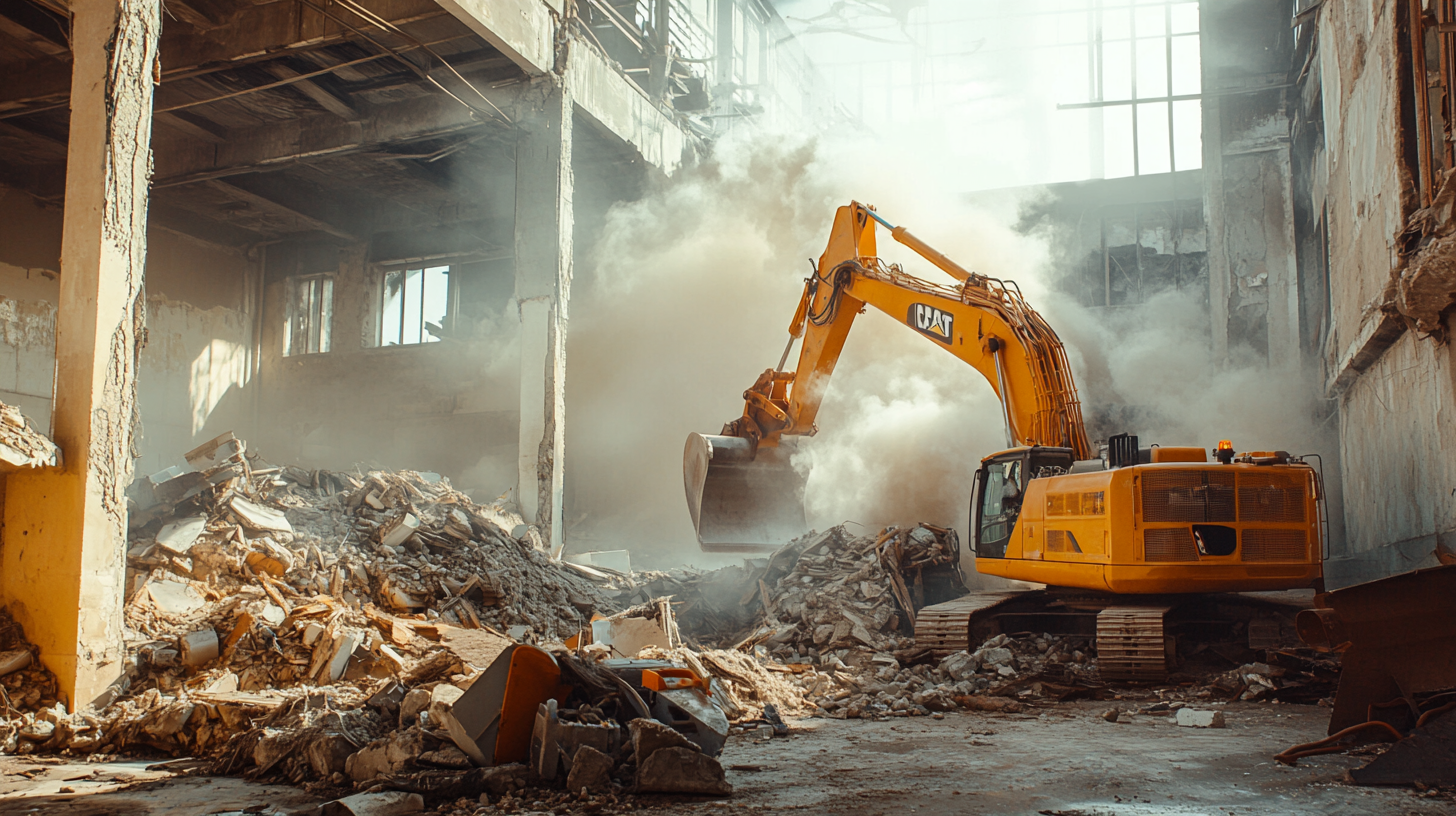
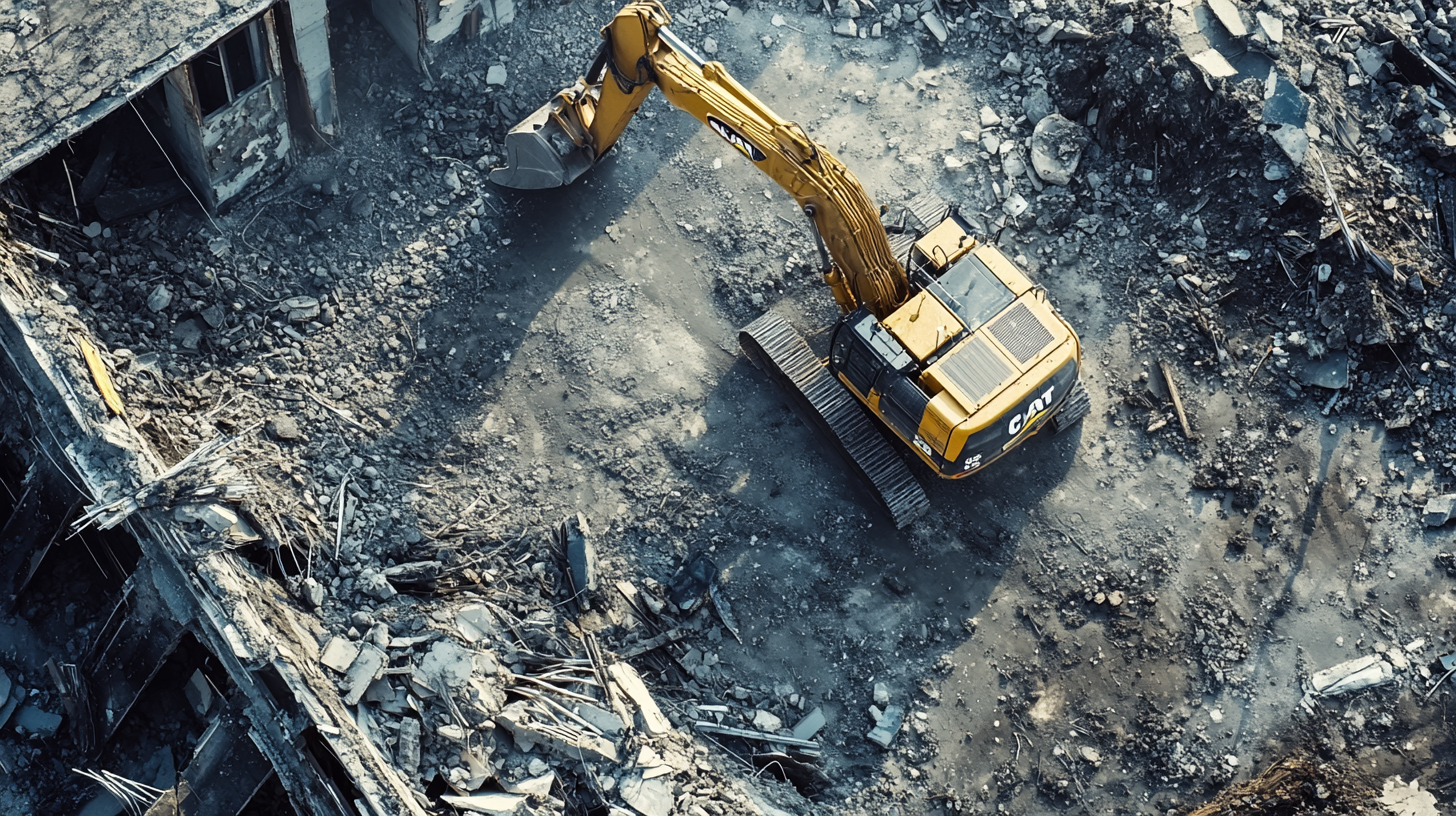
Got a Question? We’re Here to Help.
You can arrange an appointment or make an enquiry by phone or email, orget in touch to us via our contact form.

